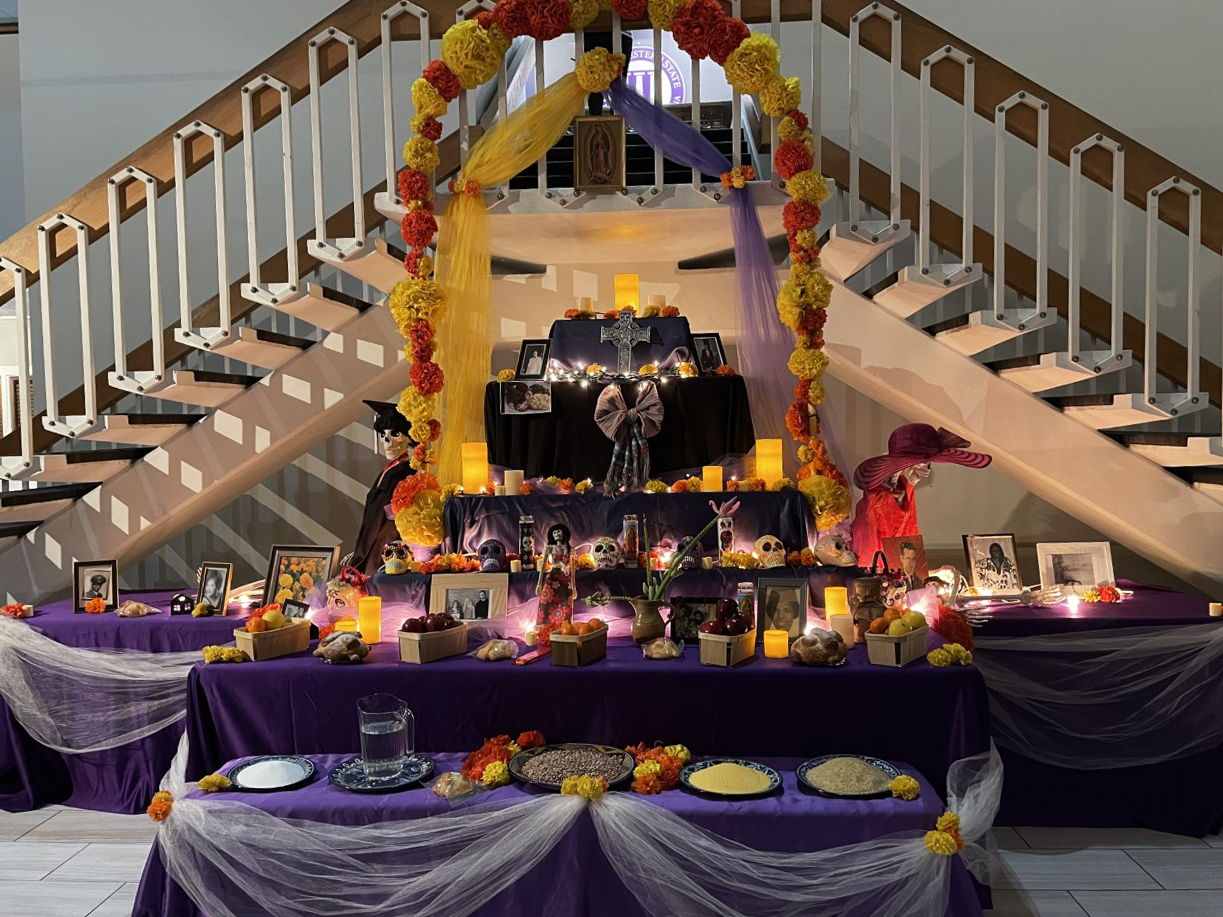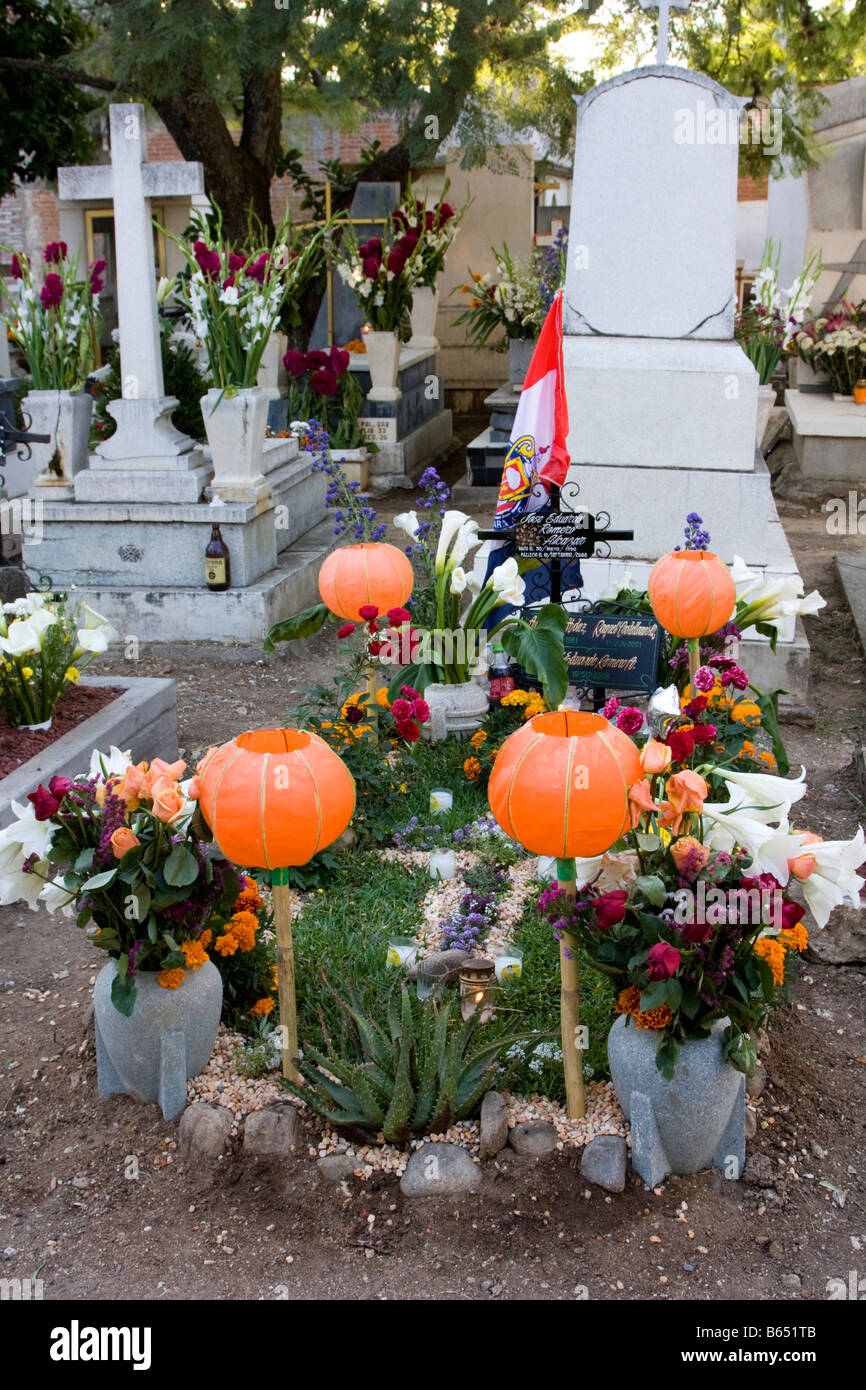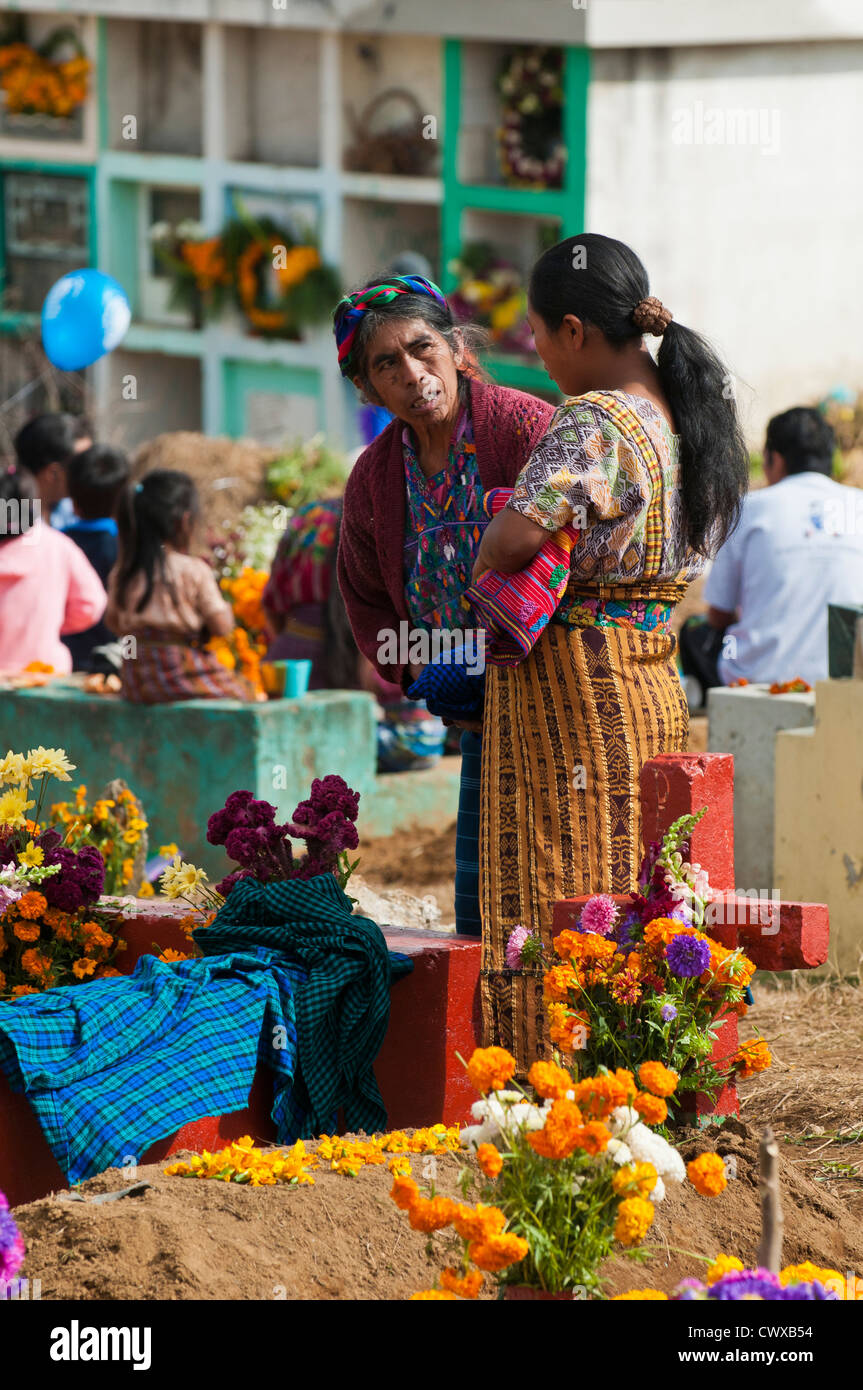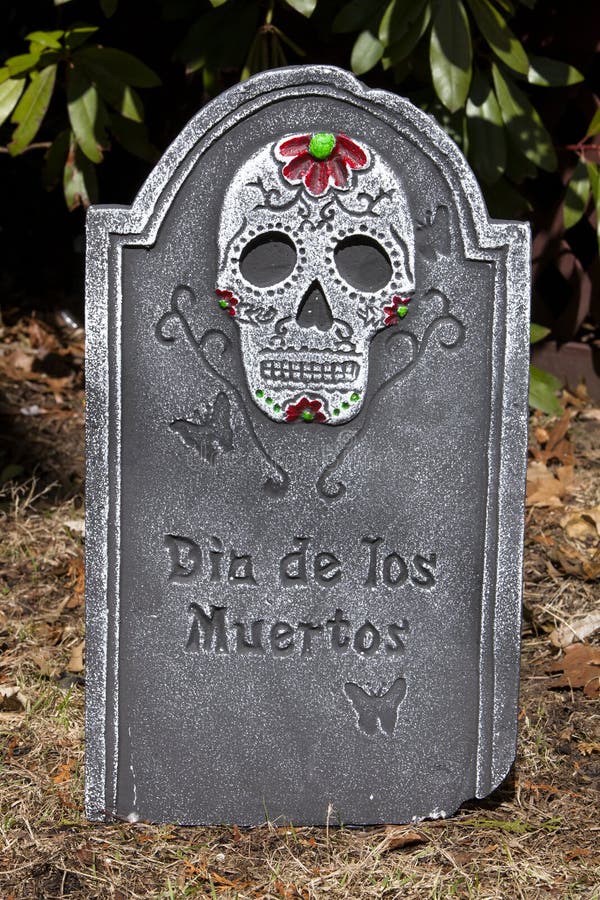5 Reasons to Decorate Graves on Day of the Dead

The Day of the Dead, or Día de los Muertos, is a vibrant and deeply meaningful Mexican tradition that transcends mere celebration. It's a time when families gather to honor their ancestors, blending the line between the living and the dead. Among the many customs observed, decorating graves is a poignant ritual that holds a special place in this rich cultural tapestry. Here are five compelling reasons why graves are adorned during this festival:
1. Celebration of Life, Not Mourning Death

The Day of the Dead is fundamentally about celebrating life rather than mourning death. Graves are decorated to show that while the physical presence of loved ones may be gone, their spirits remain alive in the memory of those who loved them. Here's how graves are typically adorned:
- Candles and Lights: Illuminated graves create a path of light for spirits to return. They symbolize warmth, life, and the undying love for the departed.
- Brightly Colored Flowers: Marigolds, known as cempasúchil, are the most iconic. Their vibrant colors are believed to guide souls back to their families.
- Papel Picado: These colorful paper cutouts represent wind and the fragility of life, fluttering over the graves, adding to the festive atmosphere.
- Photos: Pictures of the deceased are placed on the graves, honoring their lives and keeping their memory alive.
2. Creating a Sacred Space

Decorating a grave transforms it into a sacred space where families can connect with their loved ones. This transformation involves:
- Offering Traditional Foods: Preparing and placing traditional foods like pan de muerto (bread of the dead), mole, tamales, and sugar skulls shows respect and invites the spirit to enjoy their favorite meals again.
- Incense and Copal: Burning incense, particularly copal, purifies the space and creates an aromatic ambiance conducive to spiritual visitation.
- Altar or Ofrenda: Setting up an altar beside or on the grave symbolizes the home the spirit is returning to, complete with personal items, pictures, and symbols of the deceased's life.
🎨 Note: The materials used for decoration not only reflect the festive atmosphere but also symbolize the elements and guide spirits back to the earthly realm.
3. Preserving Heritage and Traditions

Decorating graves is a cultural practice deeply rooted in Mexican heritage. It serves several key purposes:
- Passing Down Customs: It's a way to educate younger generations about the importance of remembering and celebrating ancestors.
- Cultural Identity: Through this ritual, families assert their cultural identity and keep the traditions of the Day of the Dead alive.
- Community Bonding: This collective effort strengthens community bonds as people work together to prepare for the festival.
4. Healing Through Remembrance

The act of decorating graves can have profound psychological and emotional benefits:
- Cathartic Release: It provides a constructive outlet for grief, allowing mourners to express their love and honor their loss.
- Remembrance: It actively keeps the memory of the deceased alive, fostering a sense of continued connection and comfort.
- Emotional Healing: The communal setting often leads to shared stories, laughter, and tears, facilitating the healing process.
💡 Note: The therapeutic nature of these rituals can be compared to modern grief therapy, where remembering the departed is encouraged as a step towards acceptance.
5. Merging Realms

On the Day of the Dead, the veil between the living and the dead is believed to thin. Decorating graves:
- Invitation: Serves as an invitation for the spirits to return home and enjoy the festivities with their families.
- Communication: The physical act of decorating provides a sense of communication with the departed, making their presence felt.
- Visual Connection: The graves, with their decorations, visually link the living world to the spiritual, embodying the belief that the dead are still part of the family.
This tradition not only honors the deceased but also reinforces the Mexican worldview where death is not an end but a continuation of life in another form. It's a time of joy, not sorrow, where death is integrated into the cycle of existence.
The practices surrounding the Day of the Dead have evolved over centuries, influenced by both pre-Hispanic cultures and Catholicism, creating a unique syncretism. Decorating graves is not just a solemn duty; it's a celebration of life, an act of remembrance, and a cultural event that connects the living with their ancestors in a profound way.
Each element used in the decoration of graves carries significance, from the flowers that guide spirits to the altar where offerings are made. This tradition encapsulates the essence of Día de los Muertos—a time to gather, remember, and celebrate life.
Why do we use marigolds on Day of the Dead?

+
Marigolds, or cempasúchil, are used because of their vibrant color and strong scent, which are believed to attract and guide the souls back to the earthly realm. The flowers’ brightness and fragrance create a path for the spirits to follow home.
What role does papel picado play in the celebration?

+
Papel picado represents wind, one of the four elements. It is hung over graves and altars, fluttering like banners to symbolize the fragility of life and to add to the festive atmosphere of the celebration.
How do families decide what to place on an ofrenda?

+
Families place items on an ofrenda that were significant to the deceased or their favorite things in life. This can include food, photos, personal items, drinks, and anything that reflects their personality or memory.



